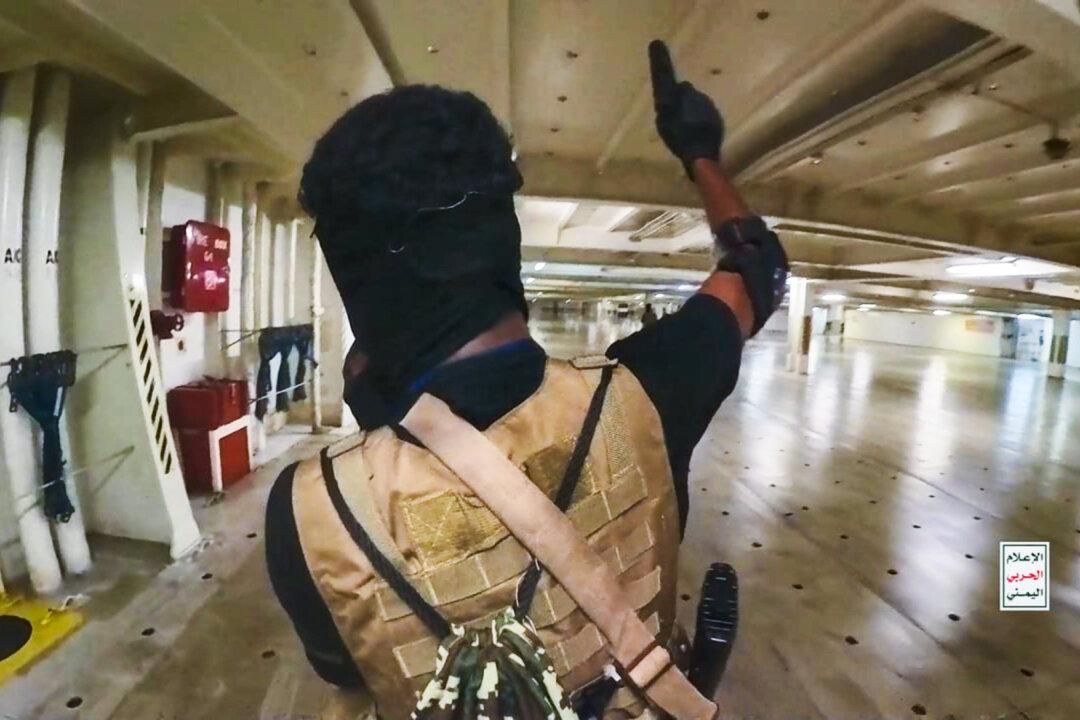Commentary
The dots of sub-regional conflicts in the Middle East are now connecting as a concerted and coordinated campaign to drive the United States and Israel out of the Middle East.

The dots of sub-regional conflicts in the Middle East are now connecting as a concerted and coordinated campaign to drive the United States and Israel out of the Middle East.